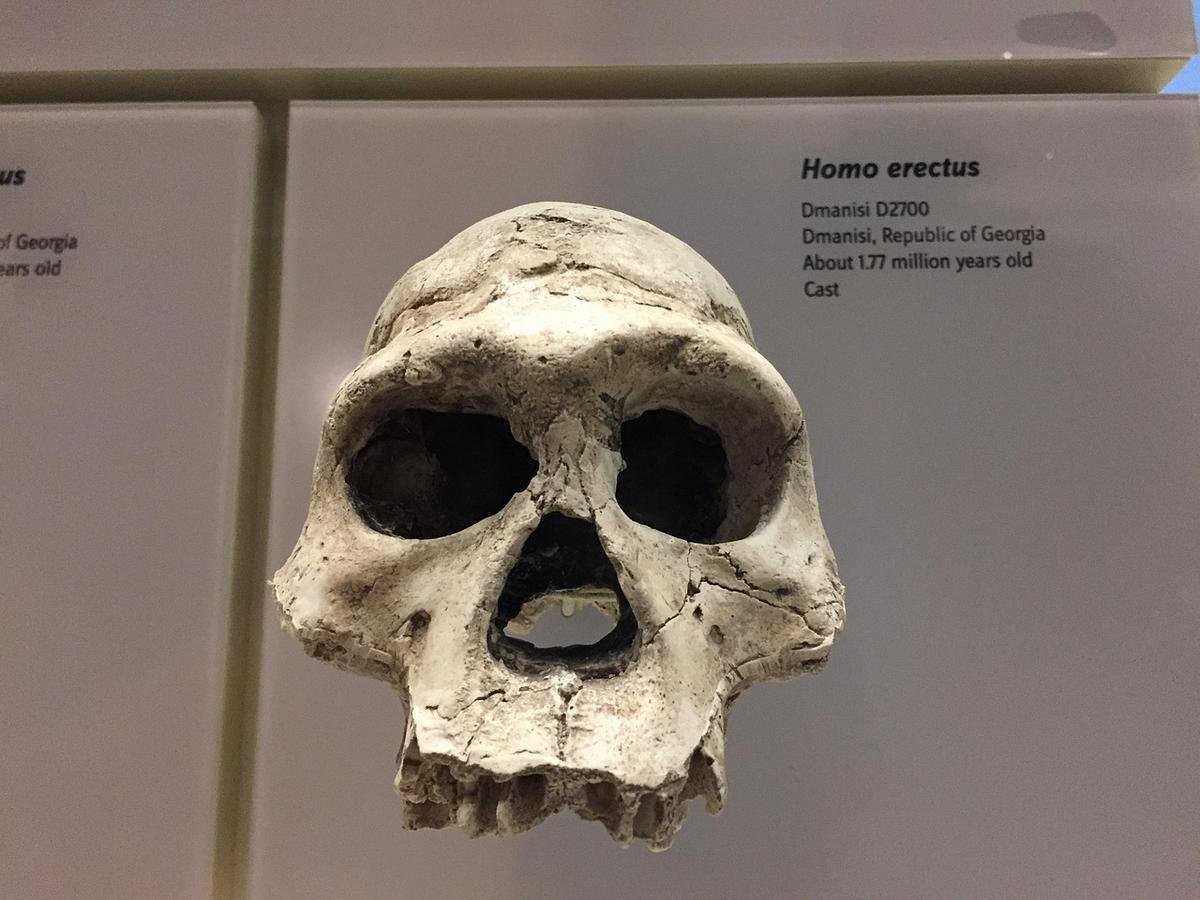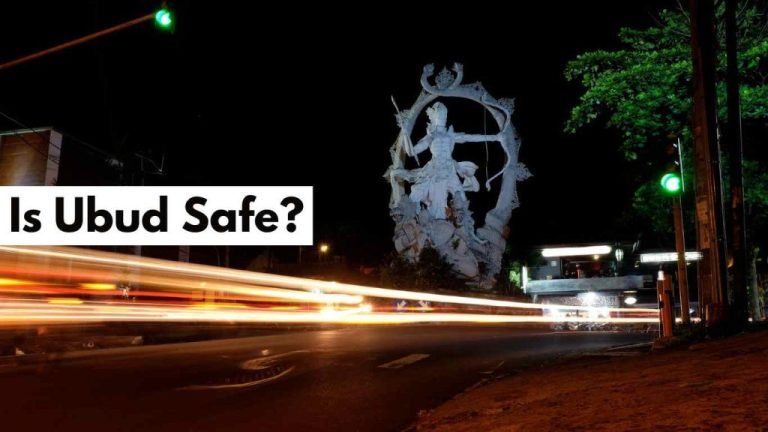Stone Tools Confirm Homo erectus Lived on Bali Over a Million Years Ago
Bali draws visitors with scenic beaches and rich traditions. Beneath that familiar landscape lies a record of prehistoric life. Archaeological digs have shown that Homo erectus set up camp on the island almost one million years ago. This timeline makes Bali one of the oldest known human habitations in Southeast Asia. Experts note that evidence from this period offers a window into the technological and social abilities of early populations. Teams from local universities and foreign institutes carry out digs in valleys and riverbanks, hoping to uncover additional relics.
Excavations at several locations uncovered basic stone implements such as hand axes and choppers. Major sites include Sembiran on the coast, the eastern and southeastern shores of Lake Batur, the highlands around Kintamani, and Trunyan village near Lake Batur. Similar tool kits turned up in other parts of Indonesia, for example in Pacitan on Java’s southern coast, Sumatra, Kalimantan, and Flores. This spread suggests prehistoric bands moved across islands in search of resources and new hunting grounds.
The implements feature unrefined cutting edges with little polish, traits tied to the Paleolithic period or Old Stone Age. Those dates align at about one million years ago. Field research in 1961 by archaeologist R.P. Soejono revealed basalt pebble tools at Sembiran. He collected axes and scrapers that now form a core exhibit at the Archaeological Museum in Bedulu, Gianyar, and at the Buleleng Museum. These items offer modern scholars a chance to study toolmaking methods and early human behavior. Soejono’s field notes and hand-drawn site maps remain key references for current work at these locations.
Comparative analysis shows the shapes and flaking techniques match those of tools found in Pacitan, which date to between 0.7 and 1.8 million years ago. Experts call this assemblage the Pacitanian Culture. It marks a crucial chapter in the development of early human societies throughout the archipelago. The parallels in tool function and manufacture suggest contacts or parallel inventions among distant groups long before the rise of later civilizations.
Microliths from a later period appeared at Selonding Cave in Pecatu. There, archaeologists uncovered tiny tools made from bone, shell, and fine stone. It seems skill levels evolved to include specialized hunting and fishing implements. Finds in limestone outcrops around Jimbaran support this view. Hunters and gatherers appear to have found cave shelters along the shore, fashioning equipment that fit a coastal way of life.
At sites near Pecatu and in the Jimbaran hills, researchers documented grooved stone axes from the Neolithic era. The polished surfaces and shaping reveal a step up in technical skill. People likely used these axes to clear brush, cut timber, and prepare fields for planting. The presence of such implements makes it clear that farming practices were well established by that time.
Artifacts from the Mesolithic phase turned up in locations such as Gua Gede on Nusa Penida and caves like Ceruk Gua Gong Barat. These include stone blades and flakes crafted from varied materials: limestone, chert, basalt, chalcedony, and jasper. Toolmakers selected raw rock based on available outcrops, shaping each piece for cutting, scraping, or carving tasks. The variety shows an increasing ability to match tool type to processing needs. Researchers reported traces of charred wood in Mesolithic layers, indicating controlled use of fire for cooking or craft work.
Bone and antler implements appeared alongside these lithic tools at the same locations. Harpoons, awls, and points made from organic matter demonstrate a design shift as humans exploited local fauna. This stage saw a blending of materials that expanded what prehistoric residents could do each day. Certain bone points show minute grooves that suggest a dual role in both hunting and crafting small wooden tools. It stands as evidence that Bali’s people kept pace with contemporary trends elsewhere in the region.
Stone sarcophagi from prehistoric Bali offer a glimpse into how communities treated their dead. Large containers carved from single boulders were used to hold human remains. Examples appear at inland sites near foothills and on shorelines. Most feature front and rear knobs that served as lifting handles. Carvers added stylized mask faces, with tongues, wide mouths, and bulging eyes. Some vessels bear carvings of female anatomy on top or underneath.
Scholars interpret these decorative motifs as more than ornamentation. They likely held protective or mythical significance tied to local belief systems. The burial tradition reveals that, by the time Homo erectus gave way to later populations, inhabitants had mastered not only tool technologies but also elaborate ritual practices. This continuity mirrors patterns seen across ancient communities in the Indonesian islands and even farther afield.







